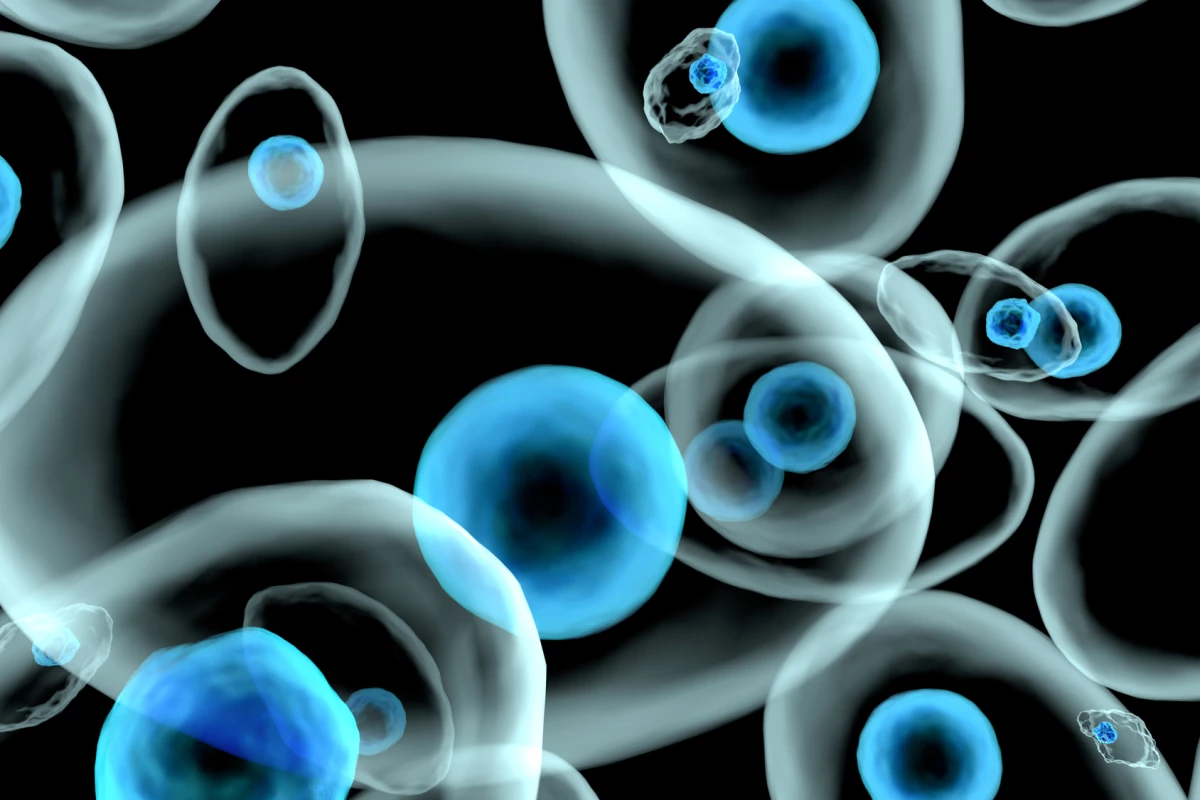Researchers in Australia have tapped into cutting-edge materials science to produce the world's thinnest X-ray detector, the component that translates energy from radiation into visual or electronic forms. The novel device is highly suited to the imaging of wet proteins and living cells, and according to the scientists behind it, has the potential to do so in real time.
The advance comes courtesy of researchers at Melbourne's ARC Centre of Excellence in Exciton Science, and makes use of an optoelectronic material called tin mono-sulfide (SnS). This has shown great potential in other fields, particularly in the development of ultra-thin solar cells, but through a novel fabrication technique the scientists were able to produce forms of it highly suited to X-ray imaging.
This technique is described as a metal-based exfoliation method, and it enabled the researchers to fabricate high-quality sheets of SnS with a large surface area and very precisely controlled thickness. This in turn makes the material highly sensitive to what are known as "soft" X-rays, which unlike the "hard" X-rays used to image broken bones in the hospital, use lower photon energy to examine wet proteins and living cells.
Some such measurements occur in what is known as the "water window," a part of the electromagnetic spectrum where water is transparent to soft X-rays. However, promising candidate materials for soft X-ray detection such as nanocrystal films and ferromagnetic flakes don't work well in this area, and although soft X-ray detection can be carried out in synchrotons – big, expensive particle accelerators like the Large Hadron Collider – the search is on for cheaper, more portable, and therefore more accessible solutions.
And this is where the team's new SnS nanosheets might have an important role to play. The thinnest X-ray detectors developed so far are between 20 and 50 nanometers thick, whereas the team's SnS detectors are less than 10 nanometers thick. Their slender profile and lateral dimensions offer major improvements in sensitivity and response times compared to comparable soft X-ray detectors, and the authors note the material can be tuned for use across the soft- X-ray spectrum, including the so-called water window.
“The SnS nanosheets respond very quickly, within milliseconds,” says senior author Professor Jacek Jasieniak. “You can scan something and get an image almost instantaneously. The sensing time dictates the time resolution. In principle, given the high sensitivity and high time resolution, you could be able to see things in real time. You might be able to use this to see cells as they interact. You’re not just producing a static image, you could see proteins and cells evolving and moving using X-rays."
Despite this promising advance, the scientists note there is much more work to undertake before it translates into an affordable and portable soft X-ray system for clinical use. Part of that involves further study of the potential of SnS-based X-ray detectors, as well as the development of a device to create the imagery.
“In the long run, to commercialize this, we need to test a many-pixel device," says first author Dr Babar Shabbir. "At this stage we don’t have the imaging system. But this provides us with a knowledge platform and a prototype.”
The research was published in the journal Advanced Functional Materials.




